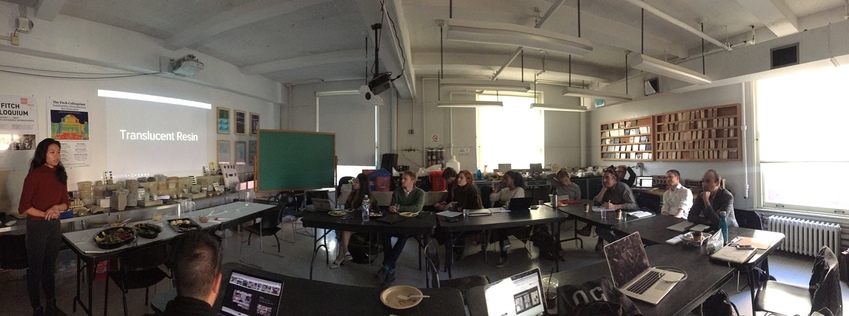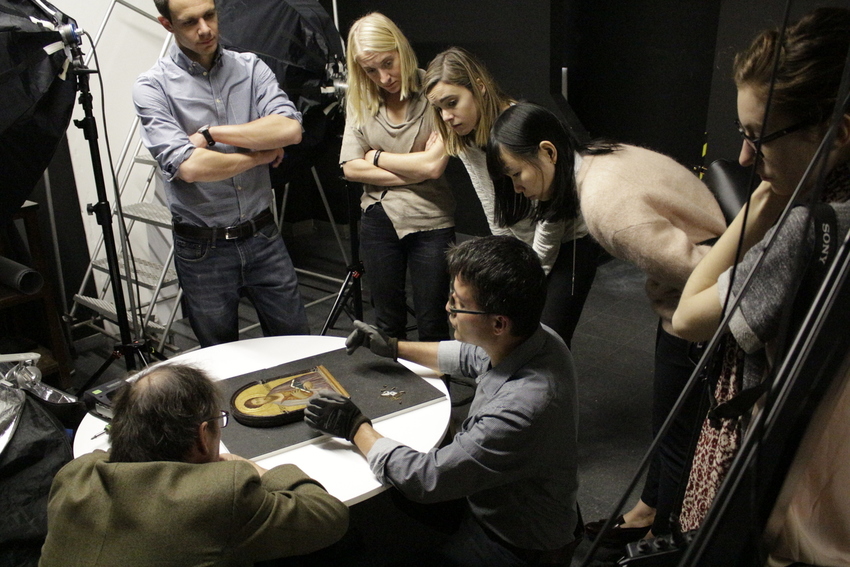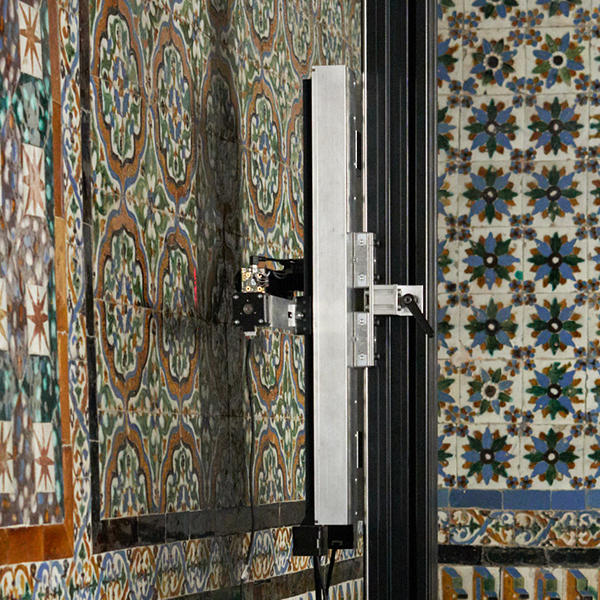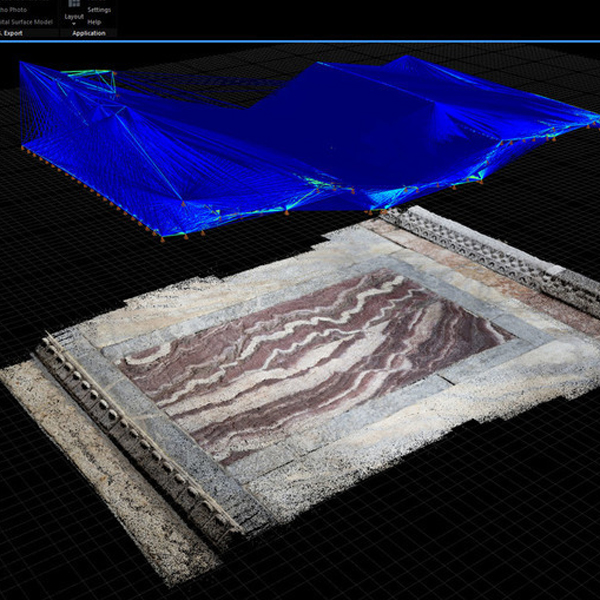
Taught by Adam Lowe and Carlos Bayod, the course Advanced Preservation Technology Studio was inaugurated in 2016 at Columbia University's Graduate School of Architecture, Planning and Preservation (GSAPP). The Studio was a project-based course that explored advanced applications of technology for digital preservation. Drawing on previous knowledge of architectural structure systems and materials, students were taught to use 3D scanning, photogrammetry and fabrication technologies to devise experimental preservation treatments for historic buildings and artworks.
Digital technologies were considered as part of a broader cultural, political and aesthetic context. The Studio was based on the belief that digitisation and replication should be an essential part of every conservation process. From large-scale building documentation and diagnostics to the in-depth, forensic analysis of a wall’s texture, 3D recording technologies now give us the opportunity to embrace a vast range of case studies that are relevant to the evolving discipline of historic preservation. The possibility of documenting not only the shape but also the surface details of an artwork at a hundred-micron level can provide invaluable information about the history of an object: the way the object has aged, how it has been looked after, and why it looks the way it does today. High-resolution surface data, in combination with other relevant diagnostic techniques, allows us to learn more about the objects we have the duty to preserve.
The course was primarily practical and based on on-site fieldwork, in collaboration with national and international partners, providing students with an opportunity to carry out specific, international projects on different scales. Most projects focused on techniques of digitisation of buildings or objects, thereby contributing to their preservation as the processed data created a tangible, accurate record.
Some of the students in GSAPP's Advanced Preservation studio joined the Factum Arte team for summer internships and projects.

The students recording the damaged frescoes of San Baudelio, 2016 © Factum Foundation

Carlos Bayod explains techniques for 3D scanning a series of panel paintings

A XIV C. panel by Simone Martini's workshop was recorded at The Met in 2016 as a demonstration of the possibilities of non-contact high-resolution 3D scanning.














